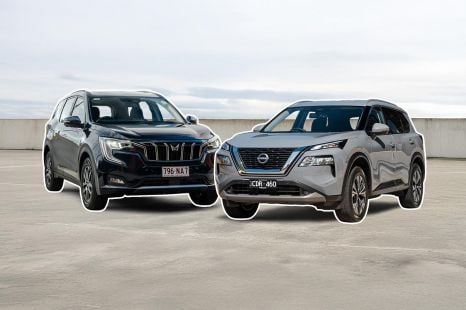

Andrew Maclean
2025 Mahindra XUV700 AX7L vs Nissan X-Trail ST-L comparison: Spec battle
1 Month Ago

Marketplace Editor
Hyundai Australia is breaking away from its “value brand” image in the hotly-contested mid-size SUV segment.
The 2021 Hyundai Tucson is larger, more tech-laden, and more expensive than ever, as the company looks hit higher price points in Australia.
Aseila Fernando, product planning assistant manager at Hyundai Australia, told media the Tucson presents “opportunities” within the $40,000-$55,000 price brackets occupied by the Elite, Highlander and N Line package variants.
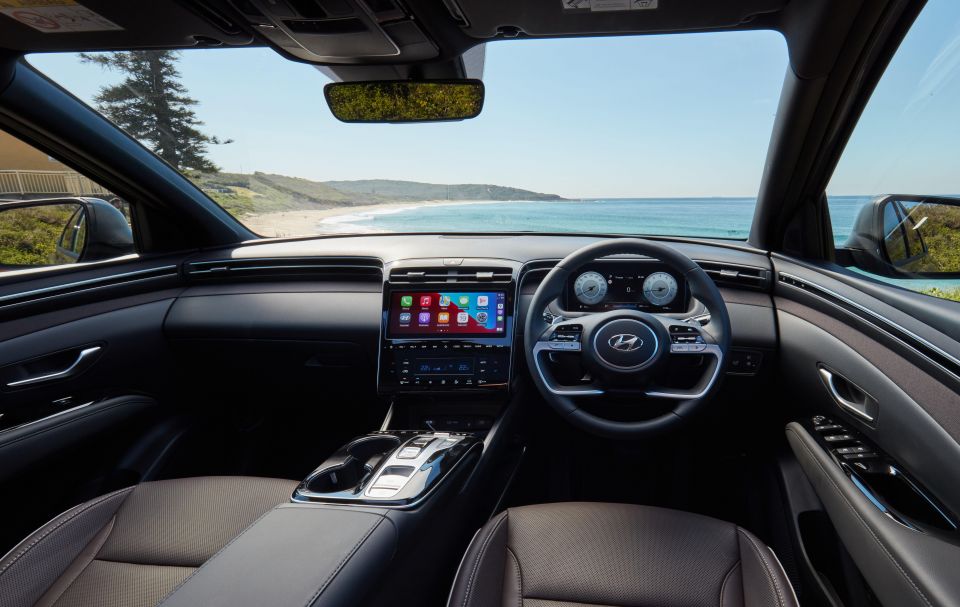
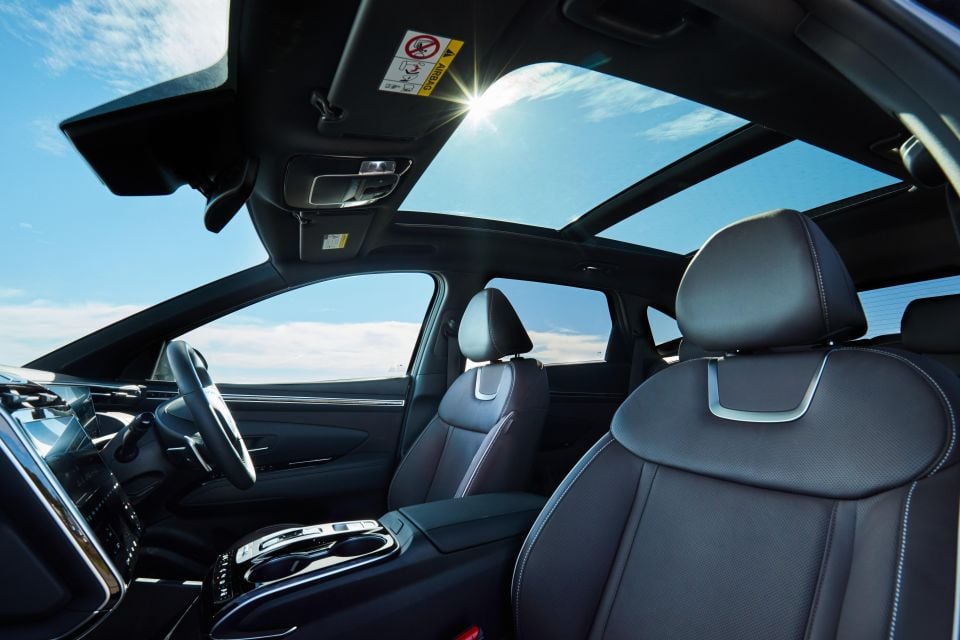

Previously, the bulk of Tucson variants sold around $35,000 and $40,000, driven by a value-oriented Active X variant that hasn’t carried over to the new-generation range.
Mr Fernando says Hyundai is confident the new technologies and features available on high-spec Tucson variants will help the brand move upmarket.
Typically, the higher price segments are dominated by rivals such as the Mazda CX-5 and Volkswagen Tiguan, while Toyota is seeing huge demand for the high-spec RAV4 Cruiser Hybrid.
Additionally, numerous premium rivals kick off between $50,000 and $60,000 including the Audi Q3, BMW X1, Lexus NX, Mercedes-Benz GLA and Volvo XC40.
The flagship Tucson Highlander is priced between $46,000 and $52,000 before on-road costs.

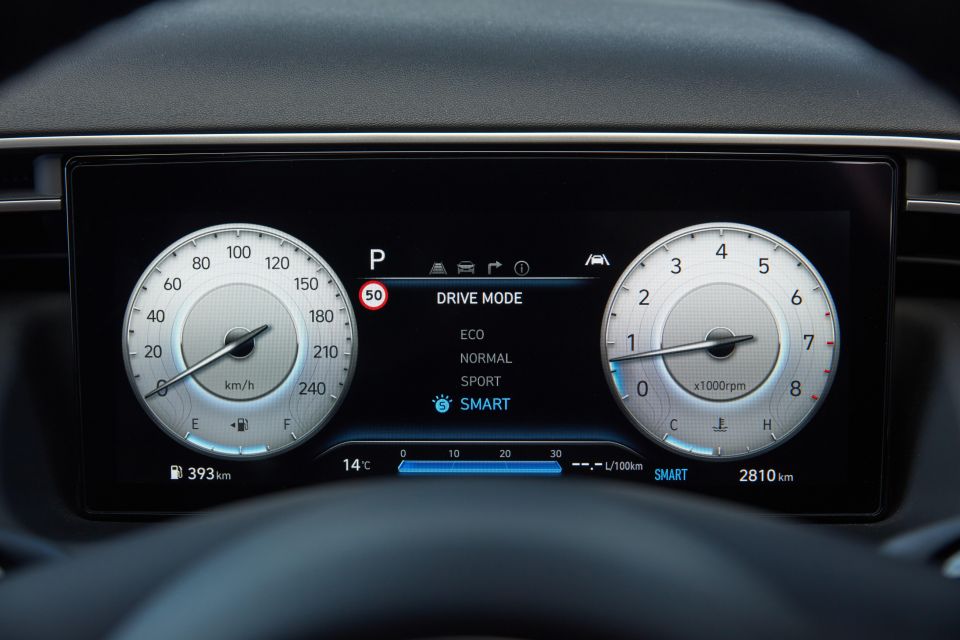


Compared to the previous generation, turbo petrol and diesel models are just under $3000 more expensive than before. Turbo petrol and diesel models will arrive about a month after the 2.0L FWD petrol models, which are on sale now.
Feature highlights at the top of the range include a 10.25-inch digital instrument cluster, a 10.25-inch widescreen infotainment display with Apple CarPlay and Android Auto (wired), Remote Smart Park Assist (diesel only), a Bose premium audio system, a 360-degree camera system, heated/ventilated front seats with heated rear seats, a heated steering wheel, and LED ambient interior lighting.
The Hyundai SmartSense safety suite is also a key upgrade for 2021, including features such as blind-spot assist, rear cross-traffic assist, driver attention warning with leading vehicle departure alert, the company’s Blind Spot View Monitor camera system, Lane Following Assist (lane centring), intelligent speed limit assist, along with junction assist for the AEB system as well as cyclist detection. A front-centre airbag is also a Hyundai first.




Unfortunately for Australia, hybrid and plug-in hybrid versions of the Tucson offered overseas are off the table for our market, at least for now, due to production constraints.
Further, hybrid models are currently only being produced as short-wheelbase models, whereas Australia gets the long-wheelbase Tucson.
The new-generation Hyundai Tucson is based on a shortened version of the architecture underpinning the larger Hyundai Santa Fe and Kia Sorento, with the Australian-market model measuring 150mm longer, 15mm wider and 5mm taller than the model it replaces.
This not only translates to a more spacious cabin with better room for passengers in both rows, it also sees luggage volume increase to 539L/1860L (VDA) – up 51L and 382L respectively over the old model.
Stay tuned to CarExpert for our Australian launch review of the 2021 Hyundai Tucson, scheduled to go live on May 7.
MORE: 2021 Hyundai Tucson price and specs MORE: Hyundai Tucson news, reviews, comparisons and videos
CarExpert helps new car buyers save thousands with expert reviews, honest advice, and transparent pricing – no dealer pressure and no sales games.
James is an automotive journalist based in Melbourne, Australia. Before joining CarExpert.com.au in 2020, James has worked at leading auto media outlets including Carsales and CarAdvice, as well as at Pulse agency for Ford Australia's communications team. In 2019 James made Mumbrella's 'Top 20 most prolific web authors in Australia' list after publishing 1,360 articles between March 1, 2018 and February 28, 2019 for CarAdvice. James is also an Ambassador for Drive Against Depression – an Australian charity whose mission is to support mental wellness through the freedom of driving and a shared love of cars.


Andrew Maclean
1 Month Ago
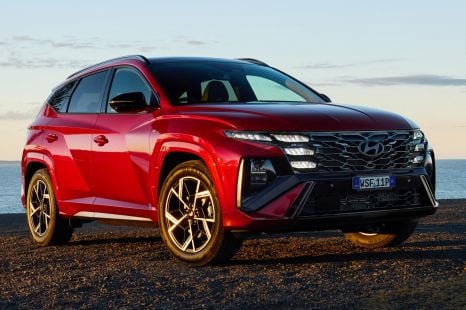

James Wong
1 Month Ago
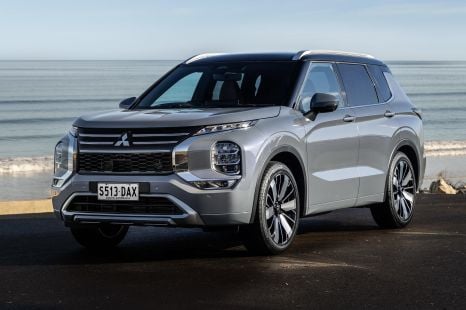

Max Davies
1 Month Ago


Josh Nevett
21 Days Ago


William Stopford
17 Days Ago
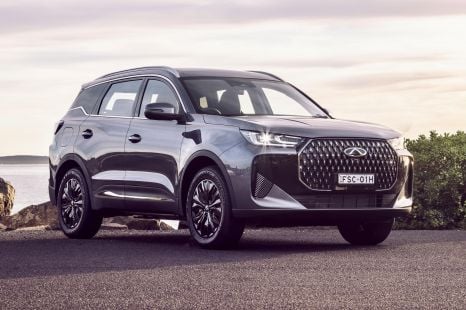

Max Davies
12 Days Ago